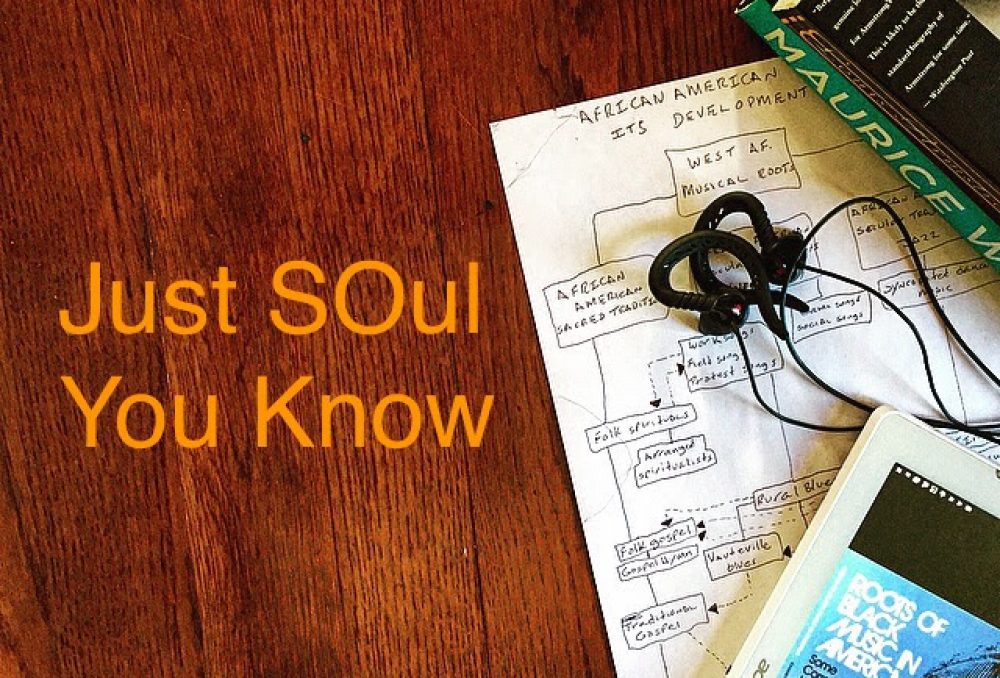This week marks the 50th anniversary of the beginning and completion of the historic voting rights march from the sleepy town of Selma, Alabama to the state capital of Montgomery. Just a few weeks earlier in March 1965 several failed attempts to conduct a march led by Dr. King and civil rights groups were stalled by Alabama’s governor, George Wallace. Wallace fought to maintain a segregated society. He used State Police, who joined forces with a hostile citizenry, to violently strike down the mass of folks marching for their voting rights. One of those failed attempts was known as “Bloody Sunday,” which took place on March 7th. This event was gracefully depicted in the film Selma and nationally remembered with great ceremony earlier this month in 2015.
In the days following “Bloody Sunday,” Dr. King, the SCLC, and SNCC assembled an unprecedented troop of national supporters from a wide variety of clergy, civil rights groups, and laymen. Together they pressured President Johnson to introduce the Voting Rights Act to Congress, which he did so on March 17th. At this point, with voting rights legislation moving forward, Dr. King and his national supporters were Federally sanctioned to begin and complete the march with full protection by the Alabama National Guardsmen and the FBI (courtesy of LBJ).
The Selma to Montgomery march began its great 54 mile stride to completion on March 21, 1965. The marchers were driven by the urgency of the situation and to complete
what they started so they covered 10 to 12 miles a day. They slept the cold nights in the yards and fields of sympathetic citizens on the route to Montgomery. But more succinctly, what drove them and carried them step by step for mile after mile was music.
The march from Selma to Montgomery was not a quiet one. It was filled with hums and moans and Negro Spirituals familiar in the Black church. Melodic singing voices soared over the sound of moving bodies and the shuffling of shoes on the road. Hand claps, repeating choruses, solo voices, and call and response filled the air with an electric rhythm that maintained the movement and spirit of the March. Song was a present and palpable force during the long march.
It lifted spirits in moments of doubt; it joined folks from all walks of life in support of a common goal. Music permeated and propelled their march from Selma to Montgomery.
On the fourth of five days of marching, everyone gathered just outside the city limits of Montgomery on the campus of The City of St. Jude High School to rest one more night before marching to the Capital of Montgomery in the morning. With the cooperation of Dr. King, singer and actor Harry Belafonte organized a grand rally to continue to motivate and uplift the marchers who were nearing the end of their journey.

Sammy Davis, Jr. sings the National Anthem at the Stars for Freedom rally. (photo by Robert Abbot Sengstacke)
Belafonte organized the Stars for Freedom rally. The rally was a musical showcase of stars which included the likes of Tony Bennett, Pete Seeger, Sammy Davis, Jr., Odetta Holmes, singing group Peter, Paul and Mary, Nina Simone, and many others. The stars sang about hope, freedom, love, and the Savior. Music washed over the crowd filling them with joy and a sense of accomplishment. The marchers rejoiced in song until 2am.
On March 25, 1965 the Marchers completed their five day 54 mile trek to the state capital in Montgomery. They marched right up to the capital building singing “we shall overcome.” And they did.
After a few false starts, the gathering of like minded freedom fighters, the turnaround of a President, and the promise of a safe passage the March from Selma to Montgomery was completed all the while inspired and supported by music.







